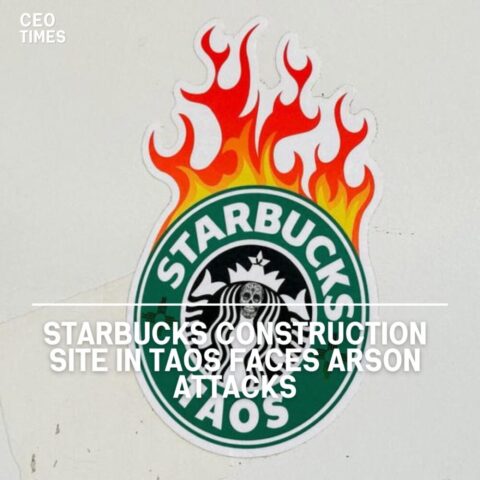Oil prices experienced a rebound in early trading on Tuesday following a more than 1% drop in the previous session.
Brent crude futures increased by 0.21% to reach $82.57 a barrel, while U.S. West Texas Intermediate (WTI) crude rose 0.22% to $76.95 a barrel.
The recovery was attributed to escalating geopolitical tensions in the Middle East, raising concerns about oil supply.
Geopolitical Risk Premium and U.S.-Iran Tensions:
The oil price trading above $80 per barrel is seen as pricing in a geopolitical risk premium, particularly due to flare-ups in the Middle East.
The recent deadly drone attack in Jordan by Iran-backed militants, which resulted in the first U.S. military deaths since the Israel-Gaza war began, has heightened concerns.
The United States vowed to take necessary actions, potentially leading to an escalation of U.S.-Iran tensions.
Potential Impact on Iran’s Oil Supply:
Analysts suggest that if U.S.-Iran tensions worsen into a standoff with stricter sanctions, oil prices could sustain in the $80-$100 per barrel range.
Iran’s oil supply is considered vulnerable, and any escalation could adversely impact Iranian oil exports. Iran exported 1.2-1.6 million barrels of crude oil daily in 2023, representing a notable share of the global oil supply.
Fed Rate Decision and Inventory Data:
Oil prices are also influenced by the upcoming Federal Reserve rate decision, with the Federal Open Market Committee (FOMC) meeting underway.
Expectations for a Fed rate cut in March have decreased to 47%. Additionally, the American Petroleum Institute (API) is set to publish U.S. stockpile data, and the Energy Information Administration (EIA) will release official inventory figures later in the week.




















